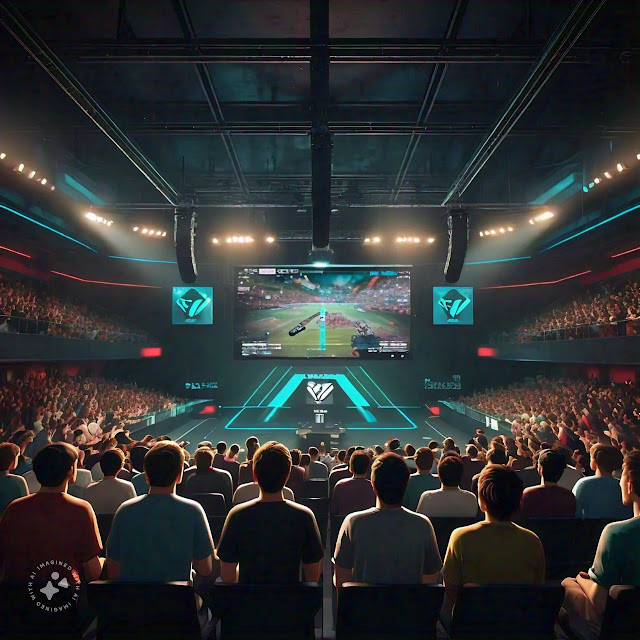That Hot 'Prompt Engineer' Job From Last Year? It's Already Obsolete.
Stop Trying to Be an 'AI Expert.' The Real Job in 2025 is Being an 'AI Enabler.'
Do you remember 2024? I know it was just a year ago, but in AI time, that feels like a different century. It was a wild time, when we all thought the most important skill of the future was learning how to talk to a computer program like it was a brilliant but very stubborn dog.
The hottest job on the planet was "Prompt Engineer." Today, that job title is about as useful as a screen door on a submarine. Why? Because the AI just… got it. It grew up.
 |
This big change also killed another huge trend from last year: building your own AI. Back in '24, the coolest thing you could do was spend a fortune and give your developers a year's worth of headaches to "fine-tune" your own special version of an AI.
 |
Now, to be fair, this isn't completely dead. The super-secure, paranoid industries like banking and finance sometimes still do this. But for the other 99% of the world? We've moved on. We use powerful, pre-trained models like Gemini 2.5 Pro or the ones on Azure OpenAI.
Here’s a simple breakdown:
This shift to the easy way has, of course, created a new kind of low-key panic in the tech world. But here’s the funny thing we’re all starting to figure out: AI isn't here to take our jobs. It’s here to take the boring parts of our jobs.
This isn't just some theory I read on a blog. I lived it.
As someone who oversees both tech and product in my organization, I started playing around with tools like Google's AI Studio. I whipped up a quick prototype that took a four-hour manual task down to 30 seconds. But instead of just building more tools for people, I held a workshop and showed them how to build their own simple solutions.
The floodgates opened. Suddenly, my calendar was filled with demos from marketing and operations, showcasing their own clever contraptions. My role had completely transformed. They didn't need me to identify their pain anymore; they needed me to take their brilliant hack and turn it into something real. "I built this and it saves me an hour a day," they'd say, "but it’s held together with digital duct tape. Can you help us make it scalable and secure?"
Honestly, one of the things I'm most proud of is the ripple effect on my own team of Business Analysts. They used to spend their days just writing endless user stories in Jira tickets. Now, they don't just write the story; they show it. They walk into grooming sessions with developers and testers, not just with a wall of text, but with a working prototype they've built themselves. And they've completely killed the boring old Product Requirements Document. Instead, using AI tools like Google Vids, they turn that dry information into slick, professional product videos with upbeat music and a pro voice-over. Thanks to AI, I haven't just changed a process; I've fundamentally transformed how my team works and adds value.
My job is now to be the chief architect and optimizer, turning their brilliant sparks into a roaring fire. And that's the promotion we're all getting. Here's how it's shaking out across the board:
The Salesperson is now the Human Connection Specialist.
Before: Spending 90% of their day writing "Just checking in!" emails.
Now: The AI writes the emails and schedules the meetings. The human's job is now 100% focused on being charming and building real relationships.
The Product Manager is now the Product Visionary.
Before: Drowning in customer feedback spreadsheets.
Now: With their teams building their own prototypes, the PM's job is to spot the best ideas and weave them into the grand vision for the product.
The Graphic Designer is now the Official Person with Good Taste.
Before: The client asks you to "make the logo pop" for the 12th time.
Now: You give the AI a few ideas, and it generates 20 logos. Your job is to be the one with great taste who can pick the winner.
The Software Developer is now a Project Dreamer & Enabler.
Before: Spending half your day looking for a typo in your code.
Now: You're the expert who turns a clever, home-built solution into something that can serve the entire enterprise without breaking.
The CEO is now the Chief Direction Setter.
Before: Making huge decisions based on an out-of-date PowerPoint.
Now: Their job is to foster a culture of innovation where anyone can build a solution, and then make the big calls on which ideas to pour resources into.






Comments
Post a Comment